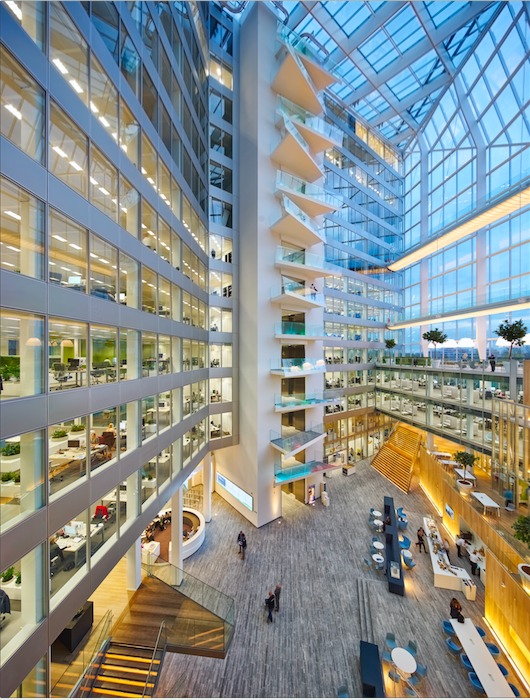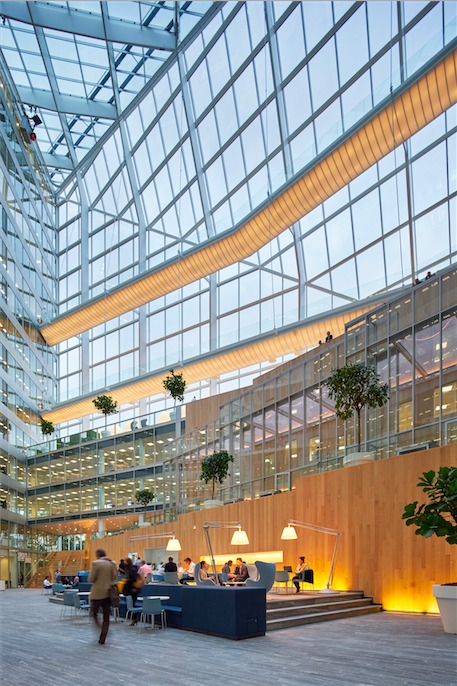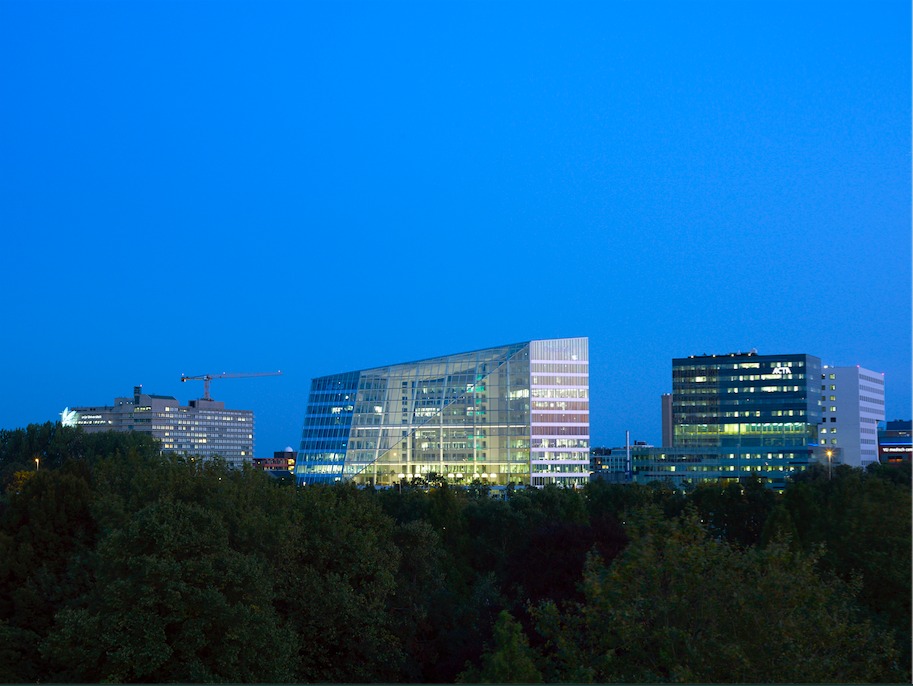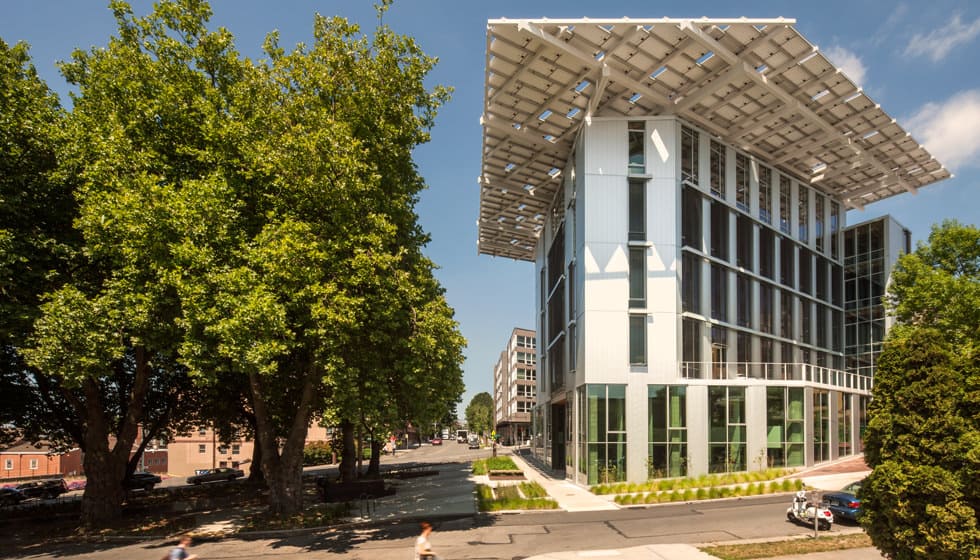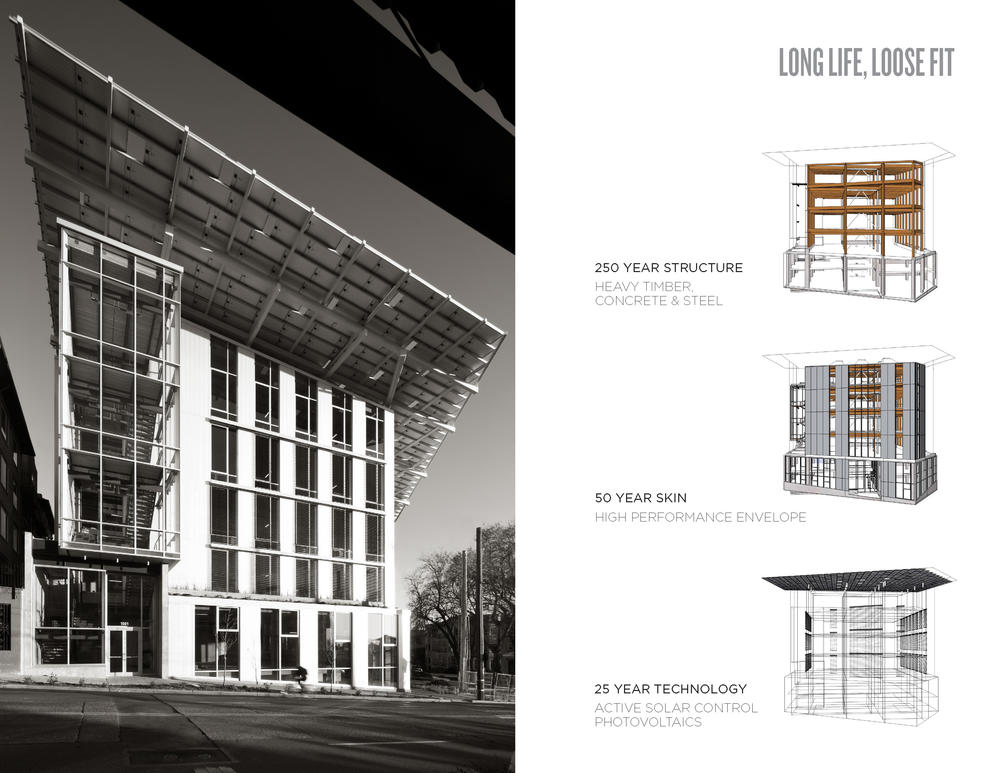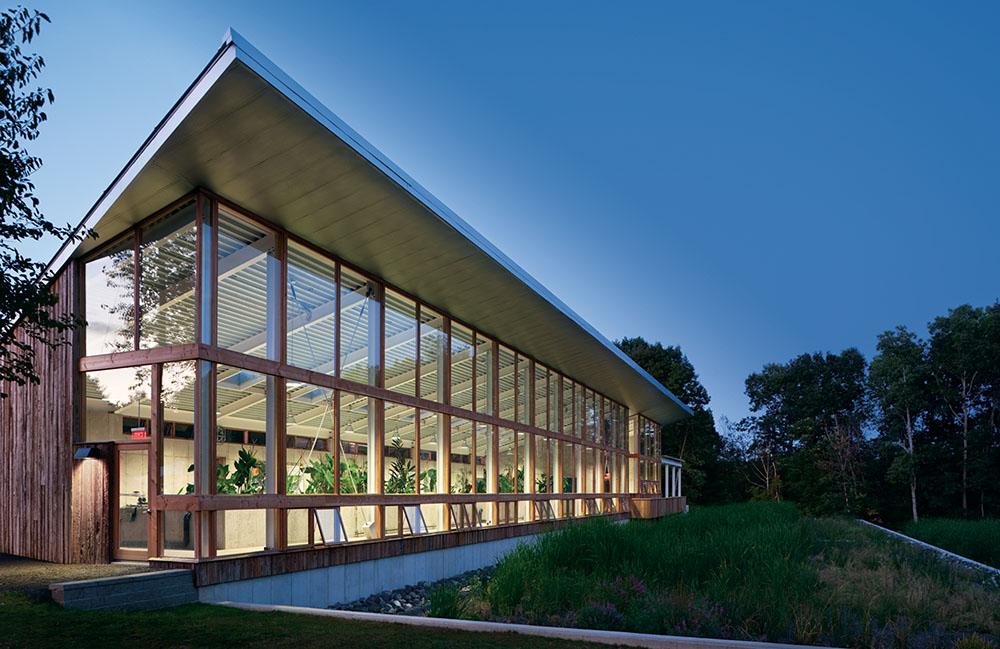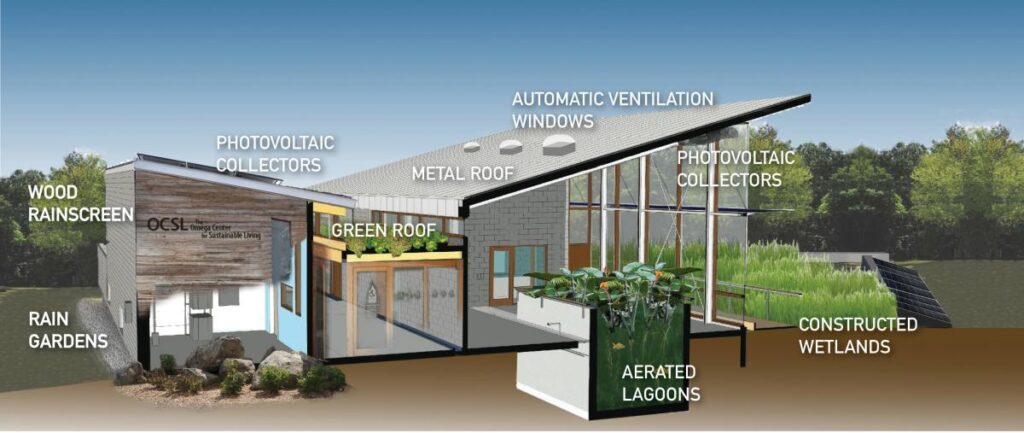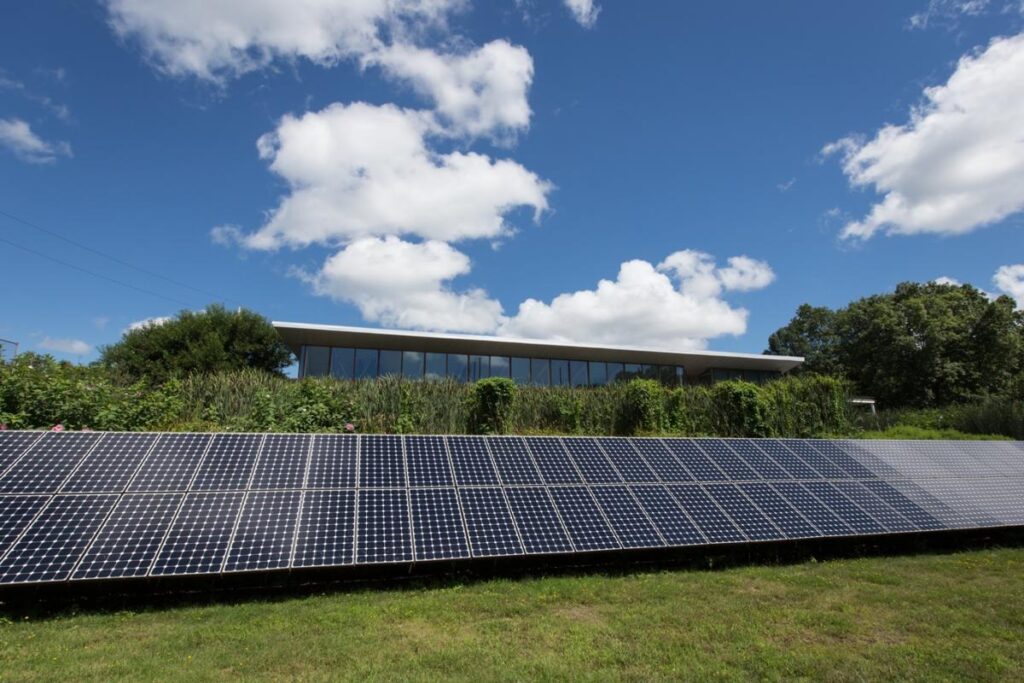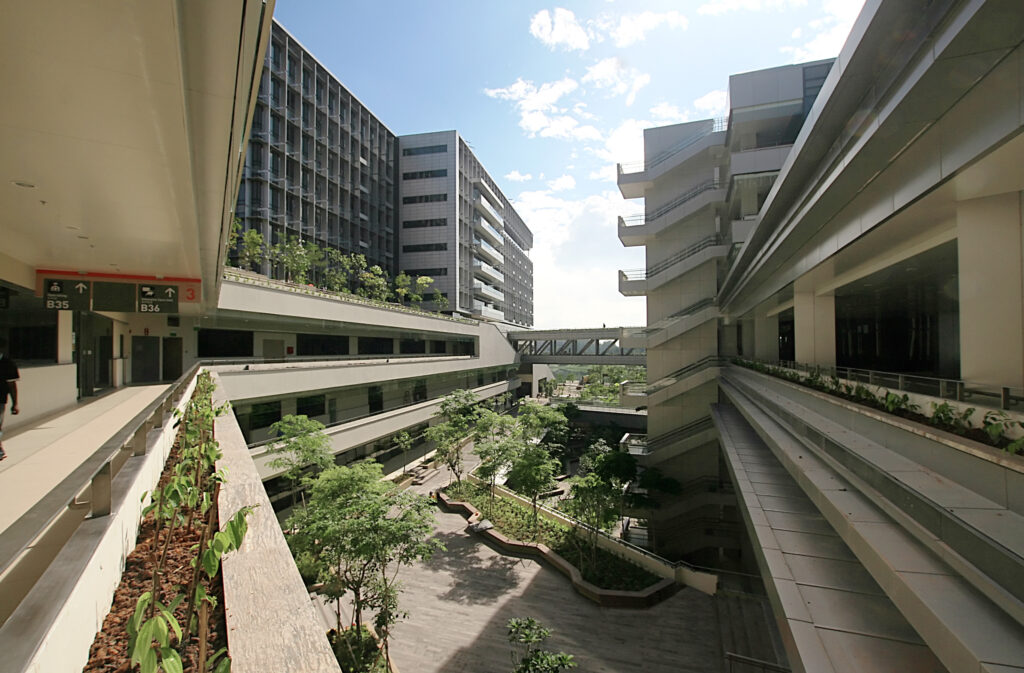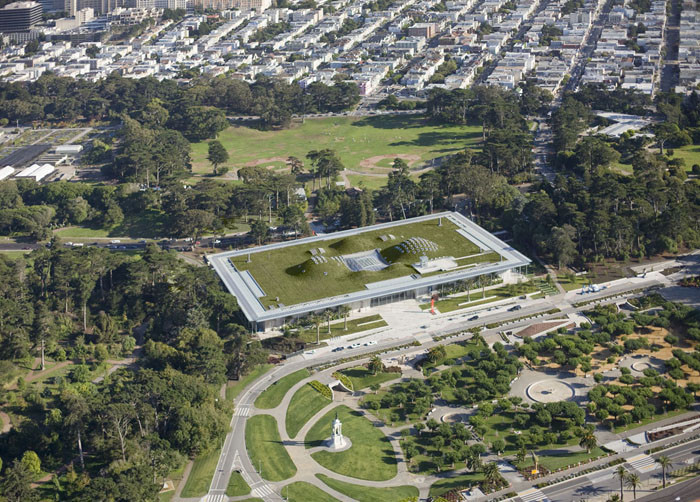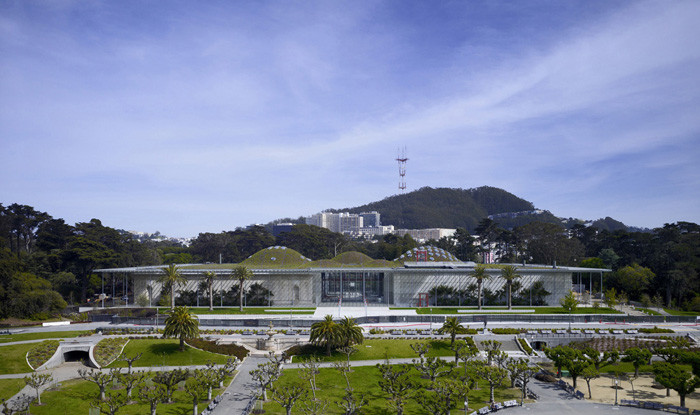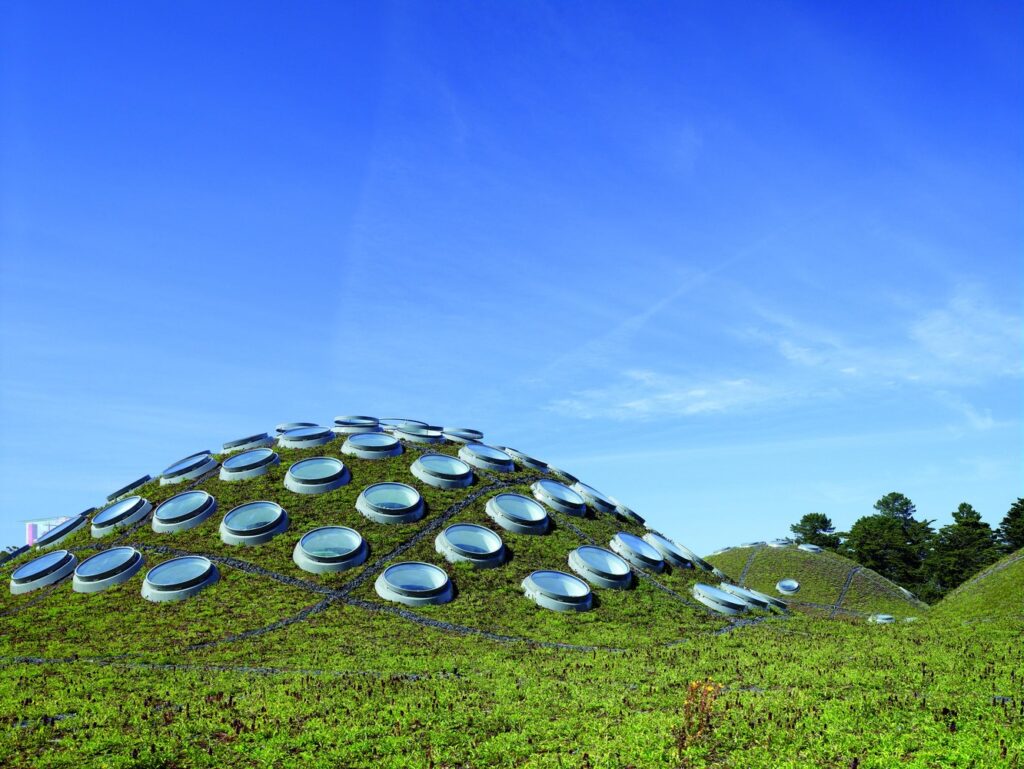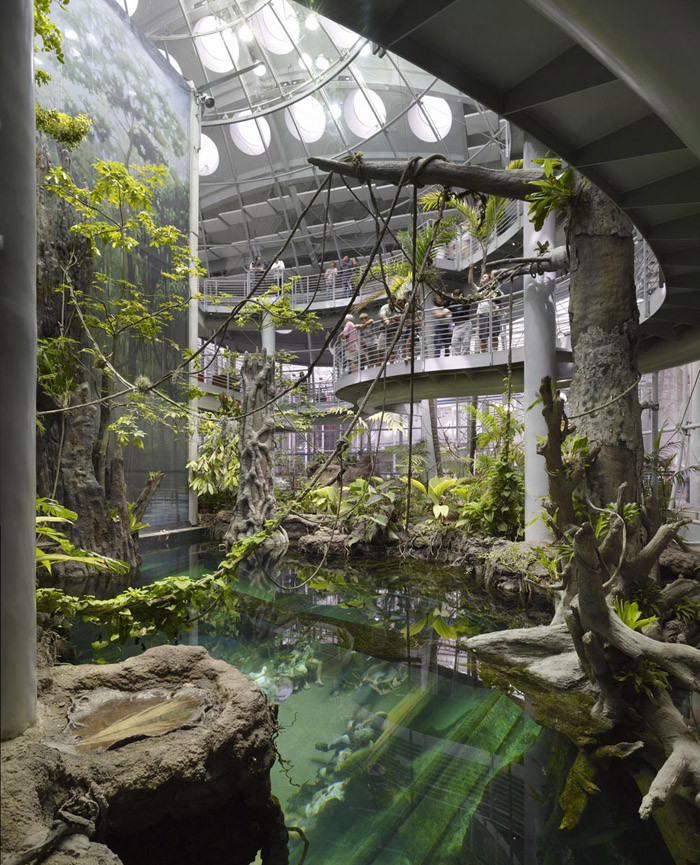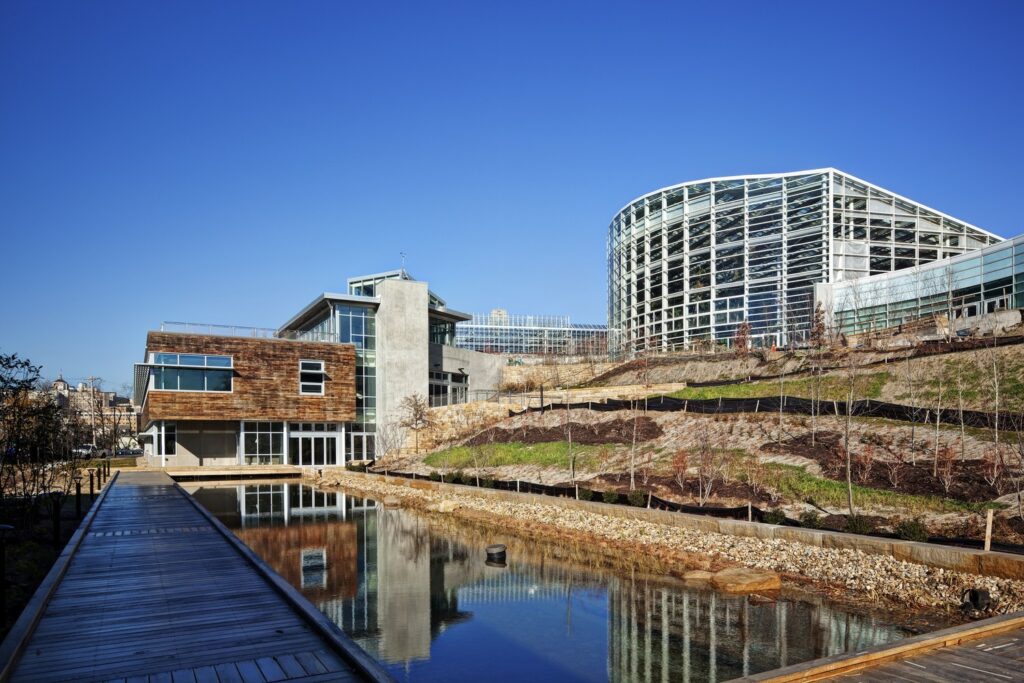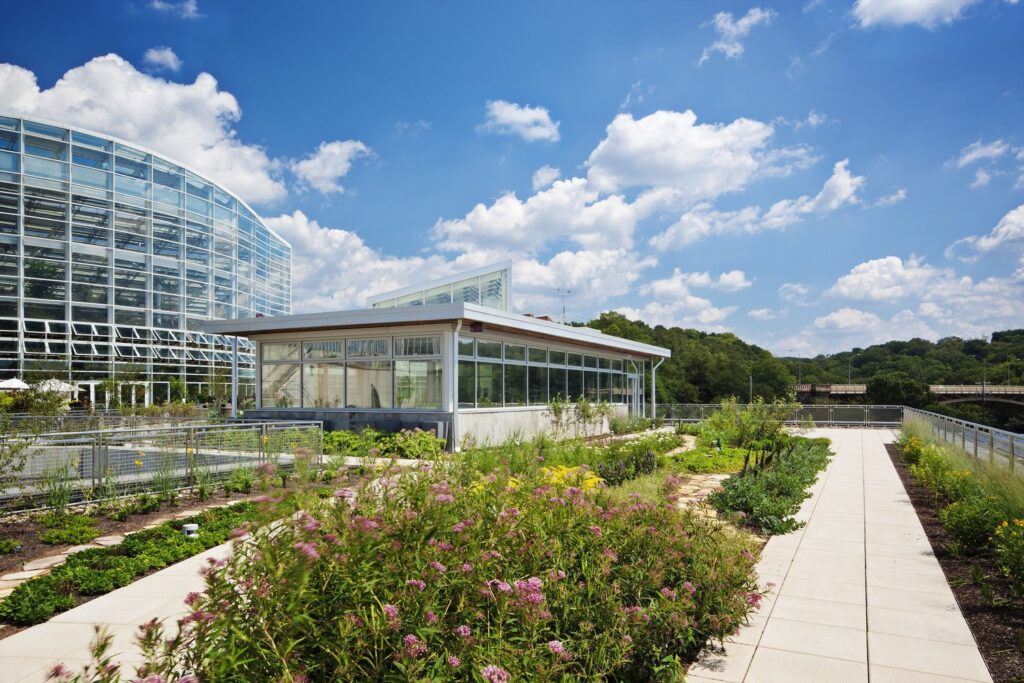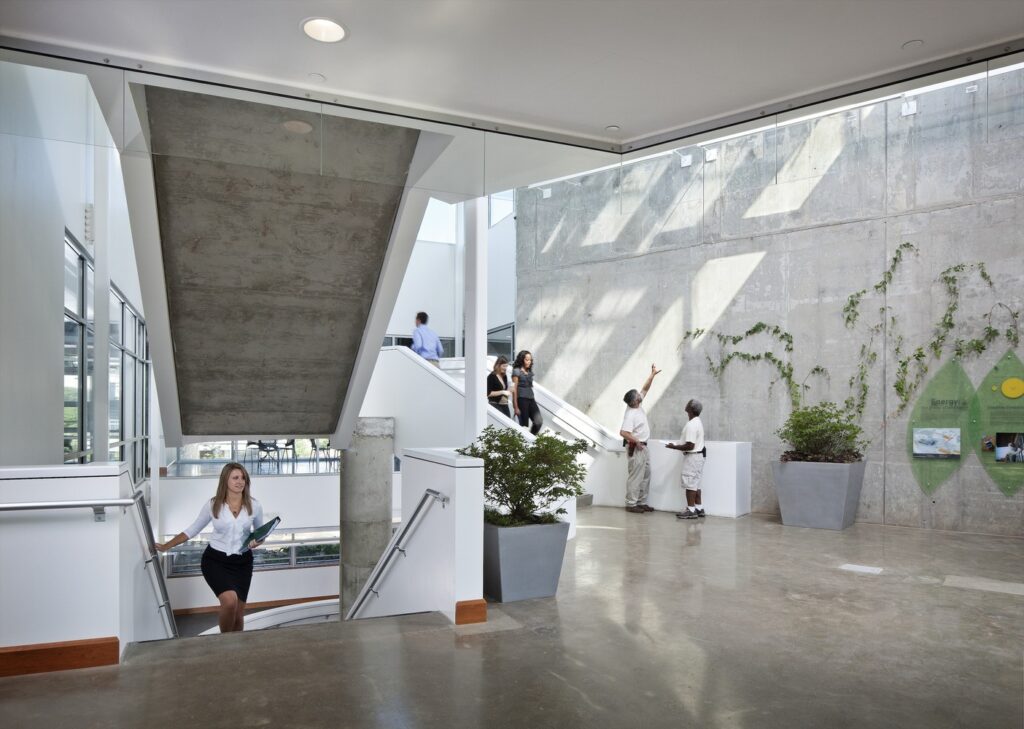Standing at the forefront of our planet’s climate crisis, the global architecture community faces an unprecedented challenge: how to build the structures our growing population desperately needs while dramatically reducing the carbon footprint of construction. In this pivotal moment, an ancient grass from the tropical forests of Southeast Asia has emerged as perhaps our most promising ally. Bamboo—once dismissed in many parts of the world as the ‘poor man’s timber’—is experiencing a remarkable renaissance, and Indonesia stands at the epicenter of this transformation. From the innovative bamboo pavilions that have captivated international architectural publications to the scientific breakthroughs emerging from Indonesian research institutions, the archipelago is not merely participating in the global shift toward sustainable construction; it is leading it.
The urgency of this transformation cannot be overstated. The construction industry remains one of the world’s most carbon-intensive sectors, responsible for approximately 39% of global carbon emissions when we include both operational and embodied carbon [1]. The production of cement alone accounts for 8% of global CO₂ emissions, while steel production adds another significant burden to our atmospheric carbon load [2]. As the global population continues to urbanize—with the World Bank forecasting a 150% increase in urban populations by 2045—the demand for housing and infrastructure will only intensify [3]. Traditional building materials simply cannot meet this demand without catastrophic environmental consequences. This is where Indonesia’s bamboo expertise becomes not just valuable but essential for our planet’s future.
Indonesia’s Bamboo Supremacy: A Natural and Cultural Foundation
Indonesia’s position as a global bamboo powerhouse extends far beyond mere abundance. The archipelago hosts an extraordinary 176 documented bamboo species, with 105 being endemic—meaning they exist nowhere else on Earth [4]. This biological treasure trove represents one of the world’s most diverse collections of bamboo genetics, each species offering unique properties that can be optimized for specific architectural applications. From the massive Dendrocalamus asper (Giant Bamboo) that can reach diameters exceeding 20 centimeters and heights of 30 meters to the more delicate varieties perfect for intricate architectural details, Indonesia’s forests contain a living library of sustainable building materials.
But Indonesia’s bamboo renaissance is not solely about natural resources—it represents a profound cultural continuity that bridges ancient wisdom with contemporary innovation. For centuries, Indonesian communities have developed sophisticated traditional building techniques that maximize bamboo’s unique properties. The traditional Karo Batak houses of North Sumatra, constructed entirely from bamboo and wood using no nails or screws but held together with natural fibers, demonstrate engineering principles that modern architects are only beginning to fully appreciate [5]. These structures have withstood tropical storms, earthquakes, and the test of time, proving that bamboo construction can be both durable and beautiful when properly executed.
Recent scientific research has validated what traditional builders knew intuitively. Studies examining six bamboo species from Sumatra Island revealed that Betung bamboo (Dendrocalamus asper) demonstrates the highest structural performance values, making it particularly suitable for load-bearing applications [6]. This scientific backing provides the foundation for modern engineering standards while honoring centuries of accumulated knowledge. The integration of traditional Indonesian craftsmanship with contemporary design principles has created a unique architectural language that is distinctly Indonesian yet universally applicable.
The Global Influence: How Bali’s Bamboo Pioneers Changed the World
The transformation of bamboo from a vernacular building material to an internationally acclaimed architectural medium can be traced to a handful of visionary projects in Bali that captured global attention. The Green School Bali, established in 2008, serves as perhaps the most influential demonstration of bamboo’s potential in contemporary architecture. This tropical jungle campus of curved bamboo pavilions has become a globally influential exhibition of sustainable design, inspiring architects worldwide to reconsider their material choices [7].
The school’s impact extends far beyond its physical structures. Recognized by the World Economic Forum as a progressive ‘school of the future,’ Green School Bali has demonstrated that bamboo buildings can be sophisticated, durable, and environmentally responsible [8]. The campus generates over 150 kilograms of fresh produce monthly, operates vehicles powered by cooking oil, and achieves a 40% reduction in carbon footprint compared to conventional schools [9]. These achievements prove that bamboo architecture is not about making do with less, but about achieving more with materials that actively benefit the environment.
Building on the Green School’s foundation, Elora Hardy’s IBUKU design firm has pushed bamboo architecture into new territory, creating structures that redefine luxury while maintaining environmental responsibility. Since 2010, IBUKU has completed over 60 bamboo structures throughout Bali and the region, ranging from private residences to commercial developments [10]. Their projects, including the iconic Arc at Green School—the world’s largest bamboo arched structure—and the six-story Sharma Springs residence, have appeared in international publications including Architectural Digest, Vogue, and Architectural Review [11].
What makes IBUKU’s work particularly significant is its influence on global architectural practice. The firm’s design vocabulary, based on working with bamboo’s natural curves and inherent properties rather than imposing geometric constraints, has inspired architects worldwide to reconsider their relationship with materials. Projects by IBUKU and other Indonesian bamboo architects have influenced firms in Vietnam, Thailand, China, and even Europe, creating a ripple effect that is transforming sustainable architecture globally [12].
Climate Champion: The Science Behind Bamboo’s Environmental Impact
The environmental case for bamboo in construction is compelling and backed by increasingly sophisticated scientific research. Unlike conventional building materials that are carbon-positive in their production, bamboo is fundamentally carbon-negative throughout its lifecycle. During its rapid growth phase, bamboo sequesters approximately 17 tons of carbon per hectare annually—significantly more than most tree species [13]. Some studies suggest that well-managed bamboo forests can sequester up to 50 tons of CO₂ per hectare annually, making them among the most effective carbon sinks available [14].
The carbon benefits extend beyond sequestration during growth. Recent life-cycle analyses indicate that bamboo products can mitigate between 1.38 and 2.29 gigatons of CO₂ equivalent by 2050, primarily through substitution of carbon-intensive materials like steel and concrete [15]. This mitigation potential is particularly significant because it addresses both embodied carbon (the emissions associated with material production) and the ongoing carbon storage within the built structure itself.
The United Nations Framework Convention on Climate Change has recognized this potential through its BambooBoost Initiative, which estimates that applying bamboo cultivation to 70-174 million hectares of degraded forestlands could sequester roughly 2 gigatons of CO₂ annually—equivalent to 7.7% of current global emissions [16]. Indonesia is in a unique position to significantly contribute to these global climate goals due to its vast areas of degraded land and ideal growing conditions.
Beyond carbon considerations, bamboo offers multiple environmental benefits that support broader sustainability objectives. The plant’s extensive root system prevents soil erosion, particularly valuable in Indonesia’s tropical climate, where heavy rainfall can cause significant land degradation. Bamboo cultivation requires no pesticides or fertilizers, making it inherently organic and environmentally benign. The material can be harvested sustainably every 3-5 years without destroying the root system, allowing for continuous production from the same land base [17].
Innovation and Technology: Modern Solutions Meet Traditional Wisdom
Technological innovation that improves the material’s performance and applications is increasingly supporting Indonesia’s leadership in bamboo architecture. Digital tools like BambuFlex, developed by Indonesian researchers, enable architects to accurately model curved bamboo structures, optimizing designs for specific bamboo species and local bending techniques [18]. These computational approaches allow for precise engineering calculations while respecting bamboo’s natural variability.
The development of engineered bamboo products has significantly expanded the material’s potential applications. Indonesian manufacturers have pioneered laminated bamboo lumber, bamboo plywood, and composite materials that offer consistent properties suitable for modern construction standards [19]. These innovations address one of the primary barriers to bamboo adoption—the perception that natural materials lack the predictability required for contemporary building codes.
Indonesian research institutions are at the forefront of developing preservation and treatment techniques that extend bamboo’s durability. Advanced borax treatment methods, combined with proper drying and storage techniques, can extend bamboo’s lifespan to decades, making it competitive with conventional materials in terms of lifecycle performance [20]. These technical advances are crucial for expanding bamboo’s use beyond tropical climates to temperate regions where durability concerns have historically limited adoption.
The integration of bamboo with other sustainable technologies is creating hybrid systems that maximize environmental benefits. Indonesian architects are experimenting with bamboo structures that incorporate solar panels, rainwater harvesting systems, and natural ventilation strategies, creating buildings that are not just carbon-neutral but actively beneficial to their environments [21].
Economic Impact: Building Sustainable Livelihoods
The bamboo renaissance in Indonesia is generating significant economic benefits while supporting rural development and community empowerment. The Indonesian government’s initiative to develop 1,000 bamboo villages represents an ambitious effort to create sustainable rural economies based on bamboo cultivation and processing [22]. These villages are designed to produce raw materials for the growing bamboo industry while providing stable incomes for local communities.
The economic potential is substantial. The global bamboo market was valued at approximately $68 billion in 2020, with projections suggesting continued growth as demand for sustainable materials increases [23]. Indonesia, despite having the world’s most diverse bamboo resources, currently accounts for only about 1% of global bamboo exports, indicating enormous potential for growth [24]. The government’s bamboo industry roadmap aims to address this gap by improving processing capabilities, establishing quality standards, and developing supply chains that can compete internationally [25].
Bamboo cultivation provides particular benefits for smallholder farmers, offering a crop that requires minimal inputs while providing regular income. Unlike timber, which requires decades before harvesting, bamboo can be selectively harvested annually after the initial 3- to 4- year establishment period. This cash flow characteristic makes bamboo cultivation particularly attractive for rural communities seeking to diversify their income sources while contributing to environmental restoration [26].
The development of bamboo processing industries is creating value-added employment opportunities beyond farming. Modern bamboo factories in Java and Bali employ sophisticated techniques to produce everything from construction materials to high-end consumer products. These facilities demonstrate how traditional materials can support modern industrial development while maintaining environmental benefits [27].
Challenges and Opportunities: Scaling Up for Global Impact
Despite its potential, bamboo construction must overcome a number of obstacles to reach a global scale. One of the most significant barriers is the lack of standardized building codes and engineering specifications for bamboo structures. While Indonesia has made progress in developing these standards, international adoption requires harmonized regulations that provide confidence to architects, engineers, and building officials worldwide [28].
Quality control remains another critical challenge. Bamboo’s natural variability, while part of its appeal, complicates standardization efforts. Different species, growing conditions, and treatment methods can result in varying material properties, making it difficult to create universal specifications. Indonesian researchers are addressing this through the development of grading systems and quality protocols that can ensure consistent performance while accommodating natural variation [29].
The perception challenge is equally important. In many markets, bamboo continues to be associated with temporary or low-cost construction, despite evidence of its structural capabilities and aesthetic potential. Changing these perceptions requires continued demonstration of bamboo’s possibilities through high-quality, innovative projects that showcase the material’s true potential. Indonesian architects and firms are leading this effort through international projects and educational initiatives [30].
Infrastructure limitations also constrain market development. Bamboo processing requires specialized equipment and expertise that are not yet widely available outside of established production centers. The development of distributed processing capabilities and supply chains will be essential for expanding bamboo construction to new markets [31].
Global Expansion: Indonesia’s International Influence
Indonesian architects and builders are increasingly sharing their bamboo expertise internationally, working on projects all over the world. The knowledge and techniques developed in Indonesia’s tropical climate are proving applicable in diverse contexts, from Latin America to Africa to other parts of Asia. This knowledge transfer is helping to establish bamboo as a viable construction material in regions where it was previously unknown or underutilized [32].
The Green School model has been particularly influential, with sister schools opening in New Zealand, South Africa, and Mexico, each adapting Indonesian bamboo techniques to local conditions and regulations [33]. These international expansions show how to adapt Indonesian innovations to various climates and building codes while preserving their fundamental sustainability benefits.
IBUKU and other Indonesian bamboo firms are undertaking projects throughout Southeast Asia and beyond, bringing Indonesian expertise to new markets. These international collaborations are crucial for establishing bamboo as a mainstream construction material rather than a regional specialty [34].
Educational initiatives are also expanding Indonesian influence. Bamboo U, based in Bali, provides intensive training programs for architects and builders from around the world, with nearly 700 participants from over 50 countries having completed their programs [35]. These educational efforts are creating a global network of practitioners who understand bamboo’s potential and can advocate for its adoption in their home markets.
Future Horizons: Towards a Bamboo-Powered Built Environment
The future of bamboo architecture extends far beyond current applications, with emerging technologies and growing environmental pressures creating new opportunities for innovation. Climate change is driving unprecedented demand for sustainable building solutions, and bamboo’s unique combination of carbon sequestration, rapid renewability, and structural performance positions it as a material for the future [36].
The integration of bamboo with smart building technologies presents exciting possibilities. Researchers are exploring bamboo structures embedded with sensors that monitor structural health or bamboo panels that incorporate photovoltaic cells for energy generation. These hybrid approaches could create buildings that are not just carbon-neutral but actively beneficial to the environment [37].
Biotechnology may further enhance bamboo’s properties through selective breeding and genetic techniques that optimize growth rates, structural properties, and environmental adaptation. Indonesian research institutions are at the forefront of these efforts, working to develop bamboo varieties specifically suited for construction applications [38].
The circular economy principles are naturally aligned with bamboo construction, as the material can be recycled, composted, or repurposed at the end of its useful life. This compatibility with circular design principles makes bamboo particularly attractive as building practices evolve toward zero-waste models [39].
Conclusion: Indonesia’s Gift to a Climate-Challenged World
The bamboo renaissance represents more than an architectural trend; it embodies a fundamental shift toward building practices that work with natural systems rather than against them. Indonesia’s leadership in this transformation demonstrates how traditional knowledge, combined with modern innovation, can provide solutions to global challenges. The archipelago’s bamboo forests, cultural expertise, and innovative spirit have created a model for sustainable development that other nations can adapt and adopt.
As we face the mounting challenges of climate change and resource depletion, Indonesia’s bamboo architecture offers hope that we can build the structures our civilization needs while healing rather than harming our planet. The techniques developed in Indonesian bamboo villages and the architectural innovations emerging from Balinese design studios are not just local solutions—they are global resources that can help transform the built environment worldwide.
The success of Indonesia’s bamboo renaissance will be measured not just in the structures built or the carbon sequestered, but in the global adoption of principles that prioritize environmental stewardship, community empowerment, and aesthetic beauty. As more architects, policymakers, and communities embrace bamboo’s potential, Indonesia’s vision of sustainable architecture becomes humanity’s pathway to a more resilient and beautiful future.
In the gentle swaying of bamboo culms in Indonesia’s tropical forests, we can see more than just plants growing—we can see the future of architecture itself, sustainable, beautiful, and in harmony with the natural world. The question is not whether bamboo can change construction, but how quickly we can scale Indonesia’s innovations to meet the urgent demands of our climate-challenged planet.
References
[1] Global Alliance for Buildings and Construction, “2021 Global Status Report for Buildings and Construction,” UN Environment Programme, 2021.
[2] International Energy Agency, “Cement Technology Roadmap: Carbon Emissions Reductions up to 2050,” Paris: OECD/IEA, 2018.
[3] World Economic Forum, “Bamboo can help solve the world housing and climate crises,” Feb. 2023. [Online]. Available: https://www.weforum.org/stories/2023/02/bamboo-construction-housing-climate/
[4] D. Ekawati, L. Karlinasari, R. Soekmadi, and I. Nurrochmat, “The status of bamboo research and development for sustainable use in Indonesia: A systematic literature review,” IOP Conference Series: Earth and Environmental Science, vol. 1109, no. 1, p. 012100, 2022.
[5] Peoples of the World, “Indigenous peoples of the world — the Karo Batak.” [Online]. Available: https://www.peoplesoftheworld.org/text?people=Karo+Batak
[6] R. Hartono et al., “Physical, chemical, and mechanical properties of six bamboo from Sumatera Island Indonesia and its potential applications for composite materials,” Polymers, vol. 14, no. 22, p. 4868, Nov. 2022.
[7] The Conversation, “Bamboo architecture: Bali’s Green School inspires a global renaissance,” Sep. 2, 2019.
[8] World Economic Forum, “Schools of the Future: Defining New Models of Education for the Fourth Industrial Revolution,” Jan. 2020.
[9] The Earth & I, “Green School Bali: Caring for Students, Connecting with Nature,” Apr. 21, 2024.
[10] IBUKU, “About Us.” [Online]. Available: https://ibuku.com/about-us/
[11] Champ Magazine, “IBUKU — Ala Champ,” May 23, 2025.
[12] ArchDaily, “Building the Future with Bamboo: ArchDaily’s Experience at Bamboo U in Bali, Indonesia,” Oct. 23, 2024.
[13] UGM News, “With Carbon Absorption Potential, UGM Encourages Bamboo Utilization for Climate Change Mitigation,” Feb. 14, 2025.
[14] A. Rastogi, “Bamboos in climate change mitigation: A perspective,” International Journal of Ecology and Environmental Sciences, vol. 7, no. 2, pp. 36-40, 2025.
[15] M. Zhang et al., “Carbon footprint and climate mitigation potential of bamboo products,” Science of The Total Environment, vol. 958, p. 177383, 2025.
[16] UNFCCC, “BambooBoost Initiative.” [Online]. Available: https://unfccc.int/bambooboost
[17] We Are Synergy Pro, “Bamboo Construction in Indonesia for Sustainable Living in 2025,” May 27, 2025.
[18] W. A. Hardiansyah, A. Kusumawanto, and I. S. Irawati, “BambuFlex – a Digital Form-Finding Tool for Curved Bamboo Structure based on Indonesian Bamboo,” Journal of Architecture Research and Development Studies, vol. 8, no. 1, pp. 21-35, 2024.
[19] A. Supriadi and D. R. Trisatya, “Engineered bamboo: The promising material for building and construction application in Indonesia,” IOP Conference Series: Earth and Environmental Science, vol. 886, no. 1, p. 012040, 2021.
[20] A. Al Athar and Y. K. Prihatmaji, “Optimized bamboo panels techniques for sustainable lighting and thermal solutions,” Journal of Architecture & Environment, vol. 23, no. 1, pp. 45-56, Apr. 2024.
[21] A. Al Athar and Y. K. Prihatmaji, “Implementing bamboo research into holistic architecture design for creating thermally comfortable interior environment in Gili Meno, Indonesia,” IOP Conference Series: Earth and Environmental Science, vol. 195, no. 1, p. 012089, 2018.
[22] ITTO, “Indonesia’s plan for 1000 bamboo villages,” Jun. 4, 2017. [Online]. Available: https://www.itto.int/top_story/id=5129
[23] Mark Wide Research, “Indonesia Bamboos Market 2025-2034 | Size, Share, Growth,” May 7, 2025.
[24] Antara News, “Developing bamboo road map for sustainable industry in future,” May 14, 2024.
[25] Ibid.
[26] A. Huda et al., “Bamboo architecture as a learning project for community development of rural area in Indonesia,” IOP Conference Series: Earth and Environmental Science, vol. 490, no. 1, p. 012004, 2020.
[27] Dezeen, “RAW Architecture celebrates bamboo’s versatility at home in Indonesia,” Sep. 23, 2022.
[28] S. A. Nugroho, A. S. W. Utomo, and A. H. Iswanto, “Challenges and opportunities of bamboo as a sustainable building material in Indonesia: A review,” IOP Conference Series: Earth and Environmental Science, vol. 1076, no. 1, p. 012001, 2022.
[29] N. Triwiyono et al., “Optimizing Bamboo as an Alternative Building Material to Respond Global Architectural Challenges,” IOP Conference Series: Earth and Environmental Science, vol. 1157, no. 1, p. 012011, 2023.
[30] Studio WNA, “About Studio WNA.” [Online]. Available: https://studiowna.com/en/
[31] Climate Change Commission Philippines, “Bamboo: A Vital Ally in Climate Action,” Sep. 15, 2024.
[32] Green School Foundation, “Empowering the Next Generation,” Aug. 10, 2023.
[33] Green School, “World Economic Forum: ‘Schools of the Future 2020,'” Jan. 9, 2020.
[34] IBUKU, “The Design Studio and Our Story,” May 20, 2025.
[35] Bamboo U, “About Bamboo U.” [Online]. Available: https://www.bamboou.com
[36] Institute of Civil Engineers, “Why Use Bamboo As A Building Material,” Jul. 25, 2025.
[37] Climate Technology Centre & Network, “Carbon sink and low-carbon building materials.” [Online]. Available: https://www.ctc-n.org/technologies/carbon-sink-and-low-carbon-building-materials
[38] Y. Yang et al., “Haplotype-based pangenomes reveal genetic variations and climate adaptations in moso bamboo populations,” Nature Communications, vol. 15, Article 8186, Sep. 14, 2024.
[39] M. Yadav et al., “Bamboo as a sustainable material in the construction industry: An overview,” Materials Today: Proceedings, vol. 43, pp. 2872-2876, 2021.



